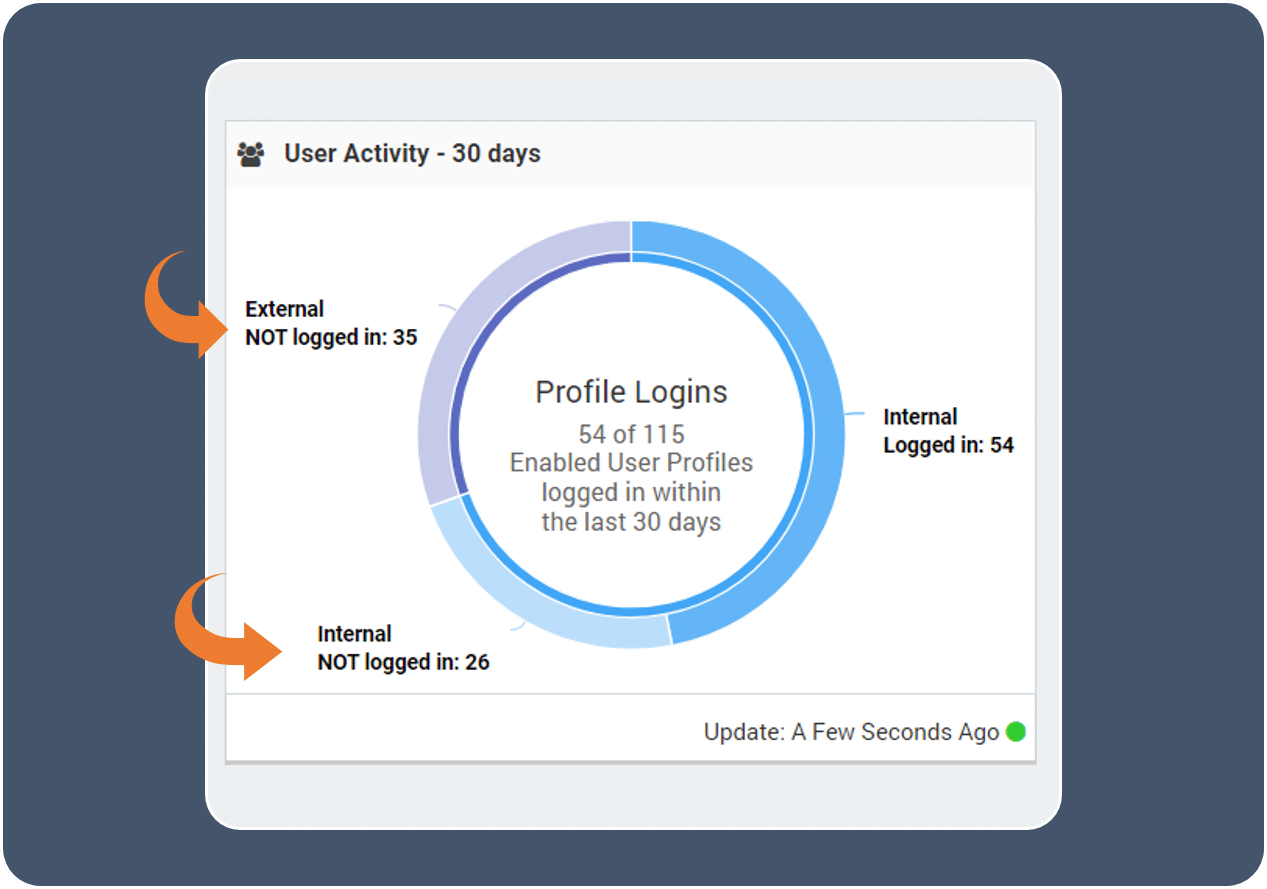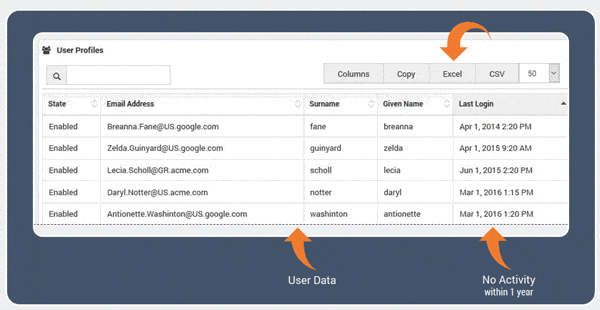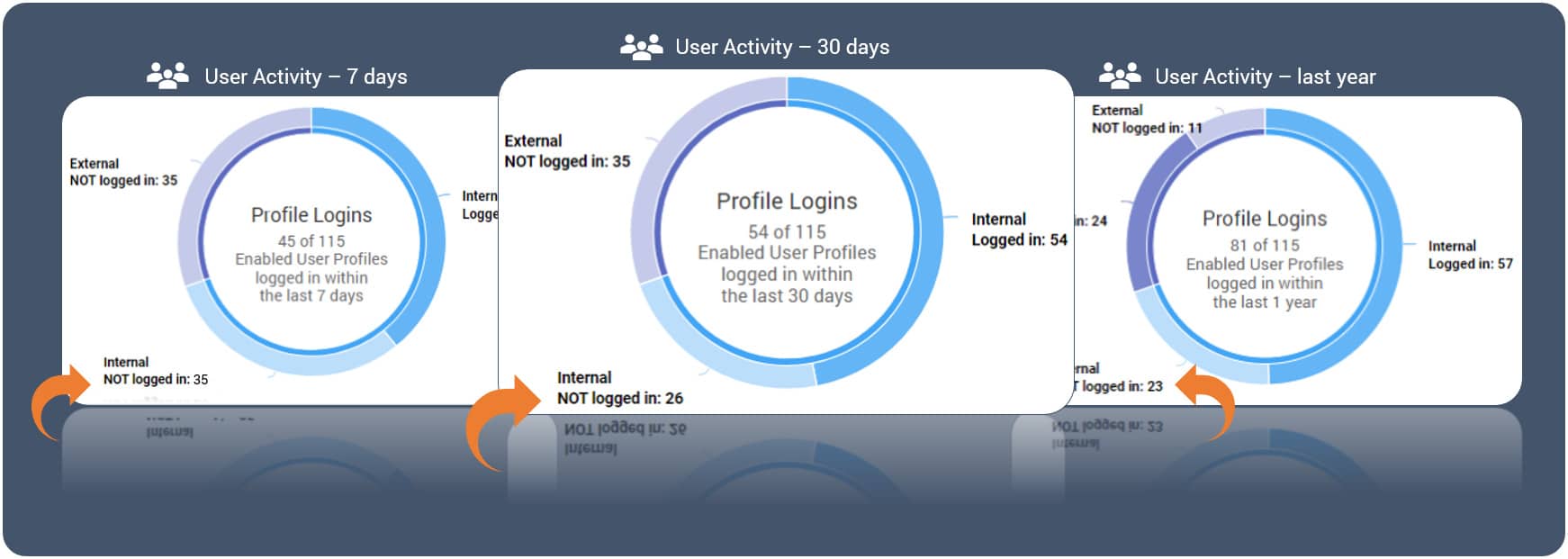Internal Socialytics
In recent years, enterprise social networking has gained a foothold in many organizations. One of the objectives is to connect people and enable collaboration. Ideally implemented, Enterprise Social Networks (ESNs) enhance business within organizations by facilitating employee engagement, bringing employees together to communicate, collaborate and share their knowledge openly for their own benefit and that of their organizations.
User adoption is key to achieving these benefits. Accordingly, it becomes vital to track usage metrics and encourage as much (inter)active participation as possible to successfully implement an ESN.
Analytics solutions like ConnectionsExpert, will help you gain insights into how your ESN is used by users on a daily basis. By evaluating where engagement picks up and drops off for instance, or which content is driving activities, you will create a better understanding of what is accelerating your network’s engagement.
Forgot Your Password?
Your first measurement of engagement — and a basic indicator of success — is login rates.
Knowing if, and how frequently, participants access the platform, is a good first step in understanding the fundamental dynamics of your network and its level of adaptation.
You can gain a clear picture of what engagement challenges you may be facing, as well as apparent opportunities to increase engagement simply by determining the precise number of employees actively using, or not using, the platform.
Turn Inactive Users Into Active Practitioners
First of all, let’s start with identifying what Inactive Users are. Inactive users are enabled User Profiles with access to the platform who do not show any activity within the network for a long time. In simple terms, they don’t even log in to the system. Nevertheless, they might be an owner, a member or a follower of one or more communities.
Knowing who the inactive users are is vital for understanding where your weak spots might potentially lie within the platform’s user adaptation. Tackling adaptation from an organizational point of view, you can pinpoint individual users with additional training and support resources that encourage a passion for collaboration.
Measure the Success of Your Initiative
Armed with these insights, you can now partner with HR to educate and enable your employees in a very efficient and effective manner. At this point, it’s vital to continuously track usage metrics and to encourage as much participation as possible.
After all, one of the key ways of measuring success of an ESN is to examine user adaptation trends and increase participation through enablement and change management initiatives.
Sharing is Caring
When employees are more engaged, they will openly share more information and knowledge in the platform. Your employees will also be able to reuse this information and learn from it in order make better decisions, engage further employees, break down the organizational silos, and implement it offline.
Through the active use of communities and features like blogs, forums and wikis, you may find success in influencing inactive users to become active practitioners. Even the simple act of liking and mentioning other collaborators in conversations can tip the scale.




